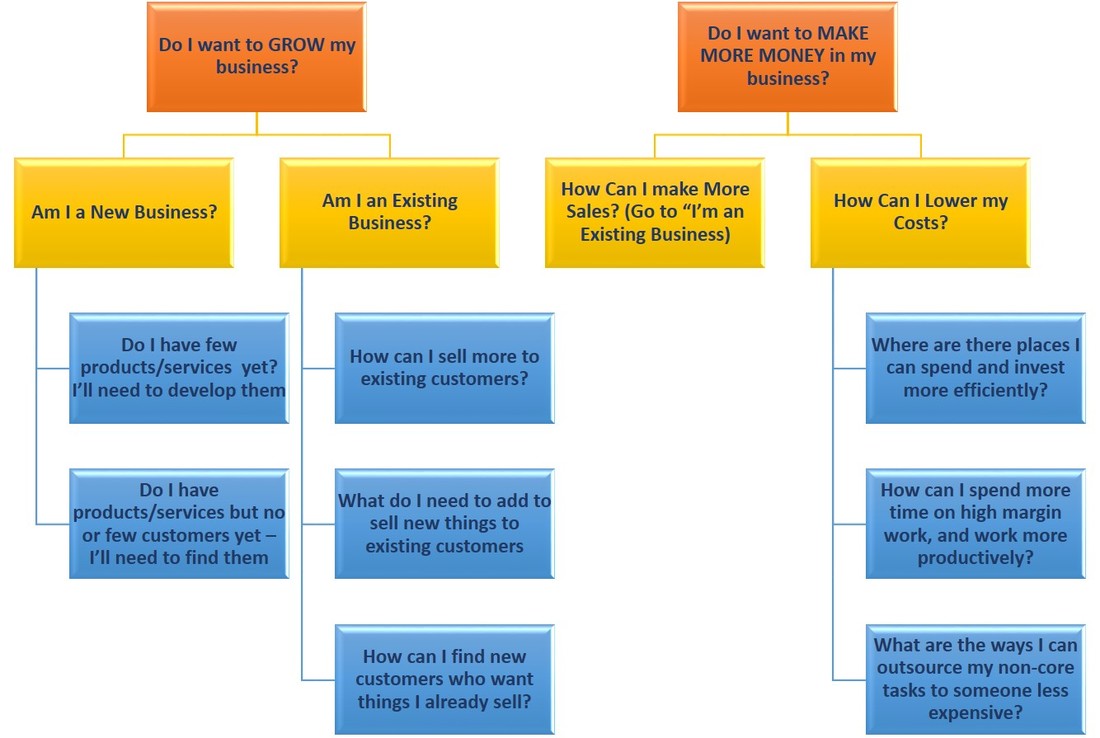We hear a lot these days about learning from failure; fail faster, fail often. That’s often a good thing, as long as you are learning why you failed. Back in my Engineering days we referred to this as “Root cause failure analysis”. The theory being that if you understood the failure, you would not repeat it.
I propose that we turn our faces to the sun and conduct more “Root cause SUCCESS analysis”.
It’s human nature, when we win it’s because we did a great job, we got everything right, it’s all because of me!
But what if it’s not? What if you won because the competition didn’t actually play in this game? What if you won, but you left a lot of money on the table?
It’s important to look at your success through the eyes of your customer because you and your team are inherently biased. And what if you discover you don’t have all the information you need? Start with a clear inventory of what you know, and what you don’t. Then look for a partner who can bring fresh eyes to the project. Bringing 20/20 vision to your “Root cause success analysis” in a good start. We can help.
I’m Steve Willson, and I’m one of the Partners at PANOPTIKA. We help our customers to see everything they need to know to make better decisions for their business. You can find more insights from us on Twitter, Facebook, and LinkedIn. For weekly insights delivered directly to your inbox, sign up using the orange button, below.











